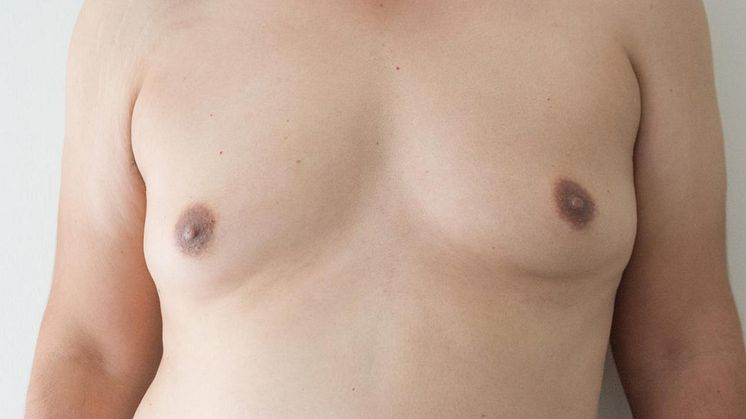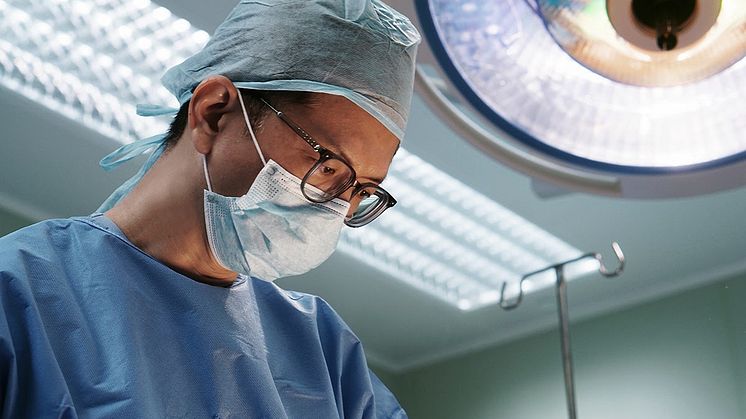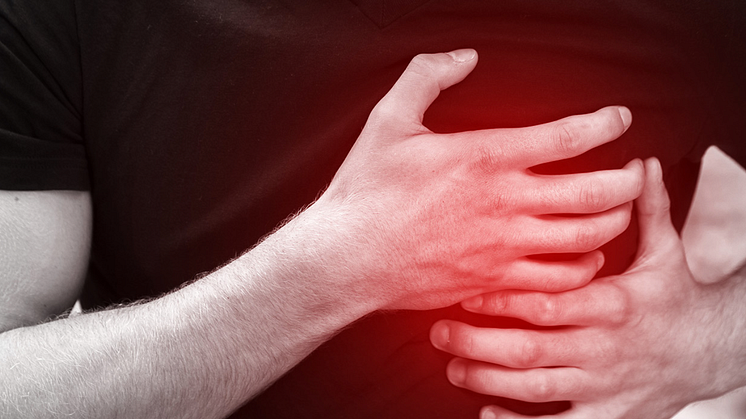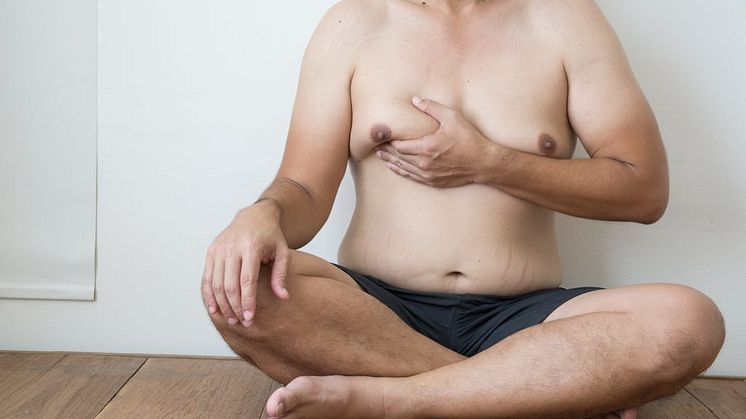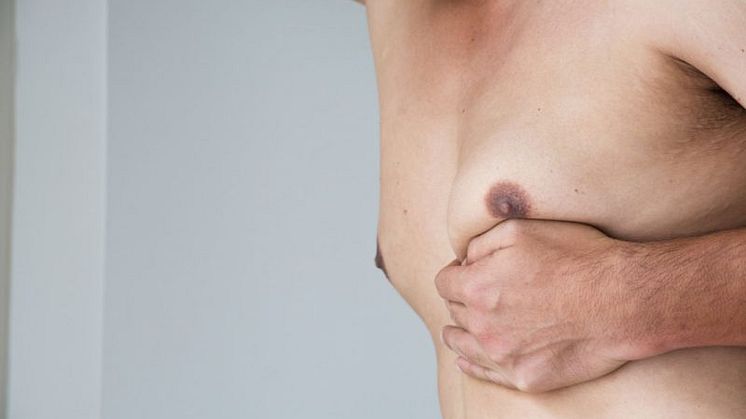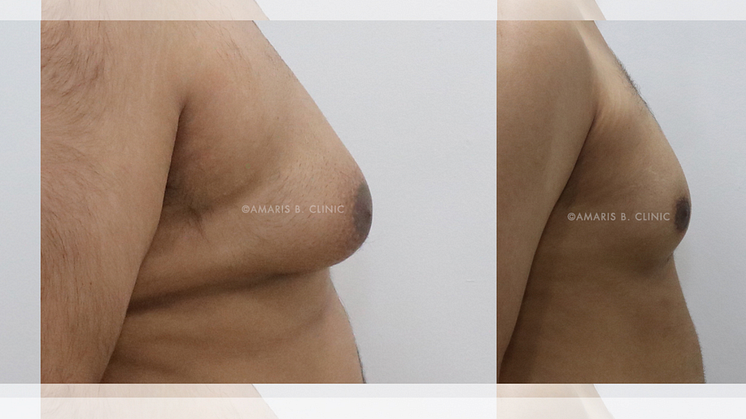
Blog post -
How do I know if I have Gynecomastia or Pseudogynecomastia?

Gynecomastia affects 40-60% of adolescent males, making it a relatively common condition. Despite being so, it is not an openly discussed issue for the most part due to its "embarrassing nature" – a stigma that often overshadows its true and at times urgent medical condition. Individuals should not feel discouraged from seeking help, as it can be a much-needed relief.
An imbalance of hormones triggers gynecomastia. A decrease in testosterone level compared with estrogen leads to the condition. The decline in testosterone levels can be caused by conditions that block the effects of or reduce testosterone.
Factors that could upset hormonal balance include the use of steroids for bodybuilding, malnutrition and starvation, medical conditions such as kidney or liver failure, or Klinefelter's syndrome.
One interesting fact to remember is that it is not a condition associated only with an obese person. Any male with predispositions, such as genetics and certain medicine consumption is susceptible to the condition.
How do you know if you have gynecomastia?
Pain or tenderness, which may increase over time and swelling are just two possible telltale signs of gynecomastia. To the touch, it feels like a rubbery lump under the nipple affecting one or both. Indicative appearance includes a resemblance to that of a woman's breasts.
Often, gynecomastia is confused with the expected presence of fat tissue, particularly among overweight young men. Hence, an accurate diagnosis and conclusion are best left in the hands of a qualified doctor.
How do you know if it's fat in the chest (pseudogynecomastia)?
An individual may conclude that given the possible telltale signs, they are suffering from gynecomastia. It could be a wrong assumption. They could, in reality, be experiencing what is known as pseudogynecomastia. Men, in general, tend to accumulate fat in the chest and abdomen regions.
When this fat accumulates in excess around the chest area, it renders a puffy and swollen appearance, which is called pseudogynecomastia. Dr. Ivan Puah, our Medical Director who has treated many gynecomastia patients, observed that "most men who came in with complaints of pseudogynecomastia were shown to have true gynecomastia after medical assessment." This reiterates the essential need to seek qualified assessment and help. That fat in the chest also has enlarged breasts glands.
Does Pseudogynecomastia go away?
Pseudogynecomastia is breasts enlargement caused by the accumulation of fat in the chest. In theory, the male breasts fat tissues can be improved with exercise and weight loss. However, in many patients, male breasts fat can be rather resistant to weight fluctuation, so losing weight may not lead to significant improvement.
Possible Gynecomastia Symptoms
The main gynecomastia symptoms include the enlargement of the glandular tissue in the breasts and tenderness experienced around the breast and the nipple. Possible gynecomastia symptoms include nipple discharge in one or both breasts.
In true gynecomastia, glandular tissue may develop in one or both breasts. This tissue may be located directly behind the nipple. To check for gynecomastia symptoms, gently feel your breast with your fingertips. Should you suffer from true gynecomastia, you should feel a soft, rubbery lump in one or both breasts.
There are a variety of reasons that contribute to gynecomastia. Ageing, side effects of medication, hormonal imbalance and a dip in testosterone level are common culprits for the condition. While gynecomastia symptoms are common during puberty due to hormonal changes, if they do not go away when one reaches adulthood, surgical intervention would be the answer to counter the condition.
Can Vaser Liposuction get rid of pseudogynecomastia successfully?
Vaser Liposuction, a tissue-selective fat reduction and removal procedure, is the treatment choice for those suffering from pseudogynecomastia. During the process, small incisions are made on the area to be treated and infiltrated with anaesthetic fluid. Subsequently, a probe transmits ultrasonic energy to the targeted fat tissues to emulsify the stubborn fat. Once the fat cells are liquefied, Dr Ivan Puah will remove the fat via suction.
Vaser Liposuction is tissue-selective; it only targets fat tissues, preserving the health of nerves, blood vessels and other critical connective tissues. Therefore, post-treatment recovery is easy with minimal downtime because only the fat tissues are targeted and removed. Bruising and swelling are minimized with this procedure. As Vaser Liposuction is a form of liposuction, it can only be performed by doctors trained in liposuction and accredited by the Ministry of Health (MOH) Singapore.
As a proven clinical treatment for pseudogynecomastia, many men have benefited from its results. While this is undoubtedly good news for those afflicted, remember to practise due diligence in one's research when seeking help.
